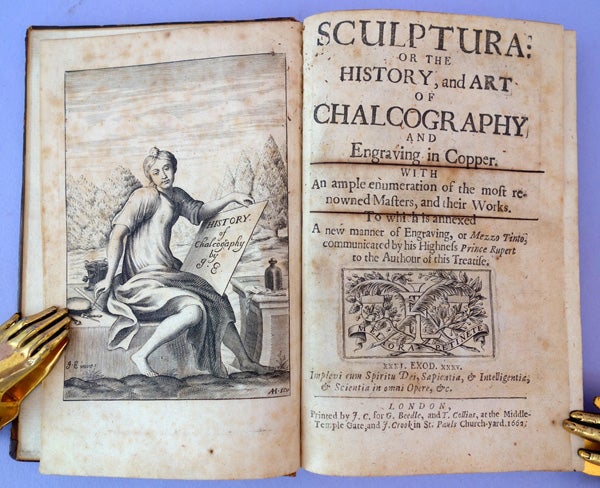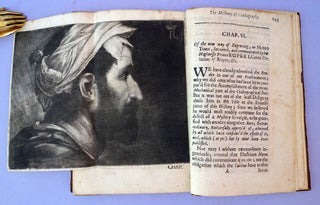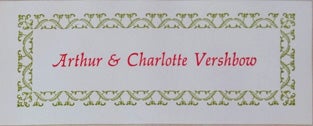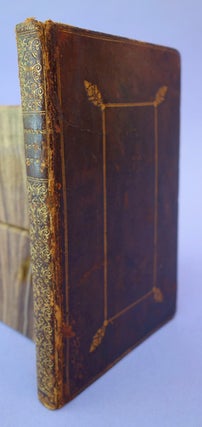Sculptura: Or the history and art of chalcography and engraving in copper
Publisher Information: London: J. C. for G. Beedle, and T. Collins, 1662.
First Mezzotint Published in England—The Fairfax Murray Copy
Evelyn, John (1620-1706). Sculptura: Or the history, and art of chalcography and engraving in copper to which is annexed a new manner of engraving, or mezzo tinto, communicated by his Highness Prince Rupert to the author of this treatise. 8vo. [32], 148, [3, advertisement]pp. Engraved frontispiece by A. Hertochs after Evelyn, engraving on p. 121, folding mezzotint by Prince Rupert of the Rhine (1619-82). London: J. C. for G. Beedle, T. Collins and J. Crook, 1662. 168 x 106 mm. Contemporary panelled calf, gilt, rebacked, endpapers renewed. Light wear at spine. Light spotting and browning, offsetting on title from frontispiece, title-page with two horizontal rules in ink made at an early date. The Charles Fairfax Murray copy, with his bookplate; bookplate, duplicate stamp and perforated stamp (on leaf A2) of the Library of Congress; formerly owned by Leonard B. Schlosser (acquired via Marlborough Rare Books from his sale, Sotheby’s New York, 18 June 1992, lot 456); bookplate of Arthur and Charlotte Vershbow.
The Fairfax Murray Copy of the First Edition of the First Book to Announce the Mezzotint Process, and containing the First Mezzotint published in England. This first English mezzotint, known as “The Head of the Executioner,” was executed by Prince Rupert of the Rhine, Charles II’s cousin, who had brought the mezzotint technique with him when he settled in England after the Restoration of the English monarchy in 1660. From Evelyn’s diary and papers preserved in the British Library we know that Evelyn first learned of the mezzotint technique from Rupert on 24 February 1661. A few weeks later, under the date 13 March 1660/1, Evelyn wrote in his diary that “This afternoon Prince Rupert shew’d me with his owne hands the new way of graving call’d mezzo tinto, which afterwards by his permission I publish’d in my History of Chalcography; this set so many artists on worke that they soone arriv’d to that perfection it is since come, emulating the tenderest miniatures” (quoted in Keynes, p. 116). Although Evelyn mistakenly credited Rupert with the invention of mezzotint, the prince actually learned the technique from Ludwig von Siegen, a German officer who invented the mezzotint process in the 1640s (Evelyn corrected the error in his Numismata [1697]). It was through John Evelyn and his Sculptura that the mezzotint process came to be highly regarded as a technique for the graphic arts in England. However, Rupert and Evelyn conspired to keep details of the process secret, lest it be “prostituted” at too cheap a rate.
Complete copies with the mezzotint are rare, since the print was often removed from the volume by print collectors. This copy was once in the collection of Charles Fairfax Murray (1849-1919), the noted English painter, dealer, collector, benefactor and art historian. Keynes, Evelyn 33. Wing E-3513. Wax, The Mezzotint: History and Technique (1990), pp. 21-22.
Book Id: 42959Price: $16,500.00





